Flamenco Dancing Priest
Father Pepe, a Roman Catholic flamenco-dancing priest in Campanilla, Spain, feeling the spirit.


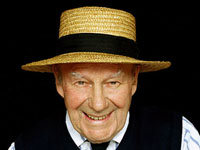



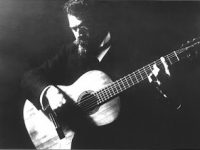
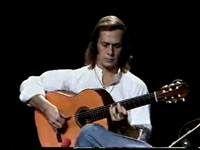
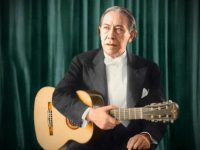
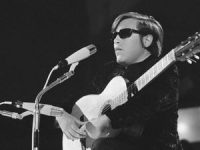

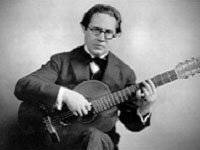
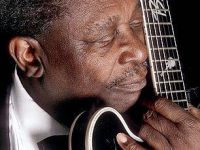

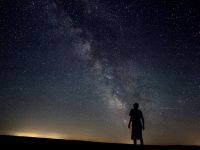
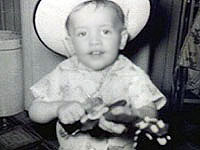
Father Pepe, a Roman Catholic flamenco-dancing priest in Campanilla, Spain, feeling the spirit.
Not only is he building guitars, Mr. Thames is also doing his own captivating videography with his Canon EOS 5D Mark III DSLR. I want one!
Antonio Stradivari (Stradivarius in Latin) is known mainly for the violins he made. But he also made a few guitars. The Stradivarius played here, called the Sabionari, is one of just a handful of Stradivarius guitars still in existence. It is the only Stradivarius guitar that is currently playable.
Andrea Tacchi is a well-known Italian luthier. The video was directed and edited by Unnar Ari.
Andrew York wrote this duet for two guitars after visiting the 1,000-year-old Sanzen-in Temple in Kyoto Japan.
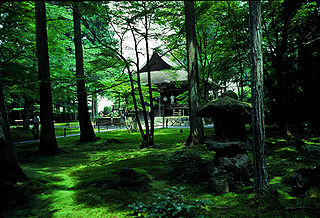
And because you’ve been good, here’s Sanzen-in arranged for two marimbas and beautiful women:
Another video from the Kanengiser-Tennant concert at Marylhurst University in Portland, Oregon, January 31, 2014. Bryan Johanson was in the audience.
This video is from the third concert I’ve recorded. The first concert was Celin and Celino Romero, recorded November, 2013. It was a fine concert, but I had no idea what I was doing and failed to get much usable footage. The second concert was Rovshan Mamedkuliev, recorded January 10, 2014, which came out a little better for the experience gained from the Romeros concert. The footage from this Kanengiser-Tennant concert, recorded January 31, 2014, while still not great, is a little better.
It’s a challenge to record these concerts when you can’t get close to the stage and when you have to use the available lighting, which is pretty dim. The lesson from the first two concerts was that using any zoom at all degrades the image quite a bit, and especially in low light. There was very little usable footage from the first two concerts because there was too much zoom on all the cameras.
There were three inexpensive consumer-level cameras on this concert — a Canon HV30, a Sony RX100, and a Sony CX430. The plan was to use the camera with the strongest zoom for the close-ups, and the camera with the weakest zoom for the wide shots. The RX100, with its 1-inch sensor, has by far the best image quality, but unfortunately the worst zoom. So the RX100 was dedicated to capturing a wide shot from the back left corner of the room, using very little zoom. The HV30 was placed in the back right corner, using only as much zoom as necessary to get a medium shot of the stage. The CX430, which has the best zoom of the three, was placed on the left side of the room for the close-ups.
Unfortunately, even with having the best zoom of the three, the side camera still produced the weakest footage. The raw footage was terribly “noisy” in the low light, zoomed in. The video was edited with Adobe Premiere Pro CC. (I’m a total noob with CC or any other editing software, by the way. A subject for another post.) There’s a plug-in for Premiere called “Neat Video.” It cleans up low-light noise very well, but at the price of losing some focus and sharpness. Without that plug-in the footage was unusable; with it, the close-ups became just barely usable.
I’ve now got a new camcorder that should be better for the close-ups. It’s the new Sony CX900. It has the same 1-inch sensor that the RX100 has, but with much better zoom. And it’s an actual camcorder, versus the RX100 which is a still camera with very little zoom, limited to taking 30-minute video clips. So I’m eager to see how the CX900 performs at the next concert.
I want to thank William Jenks of Portland Classic Guitar for giving me the opportunity develop this new hobby of mine. Regular readers of this blog know how much I enjoy guitar videos. I’ve had it in mind for years to start making videos of my own. Now, thanks in large part to the access I have to these concert venues, it’s starting to happen. I’m also very grateful to the concert artists who agreed to be recorded.